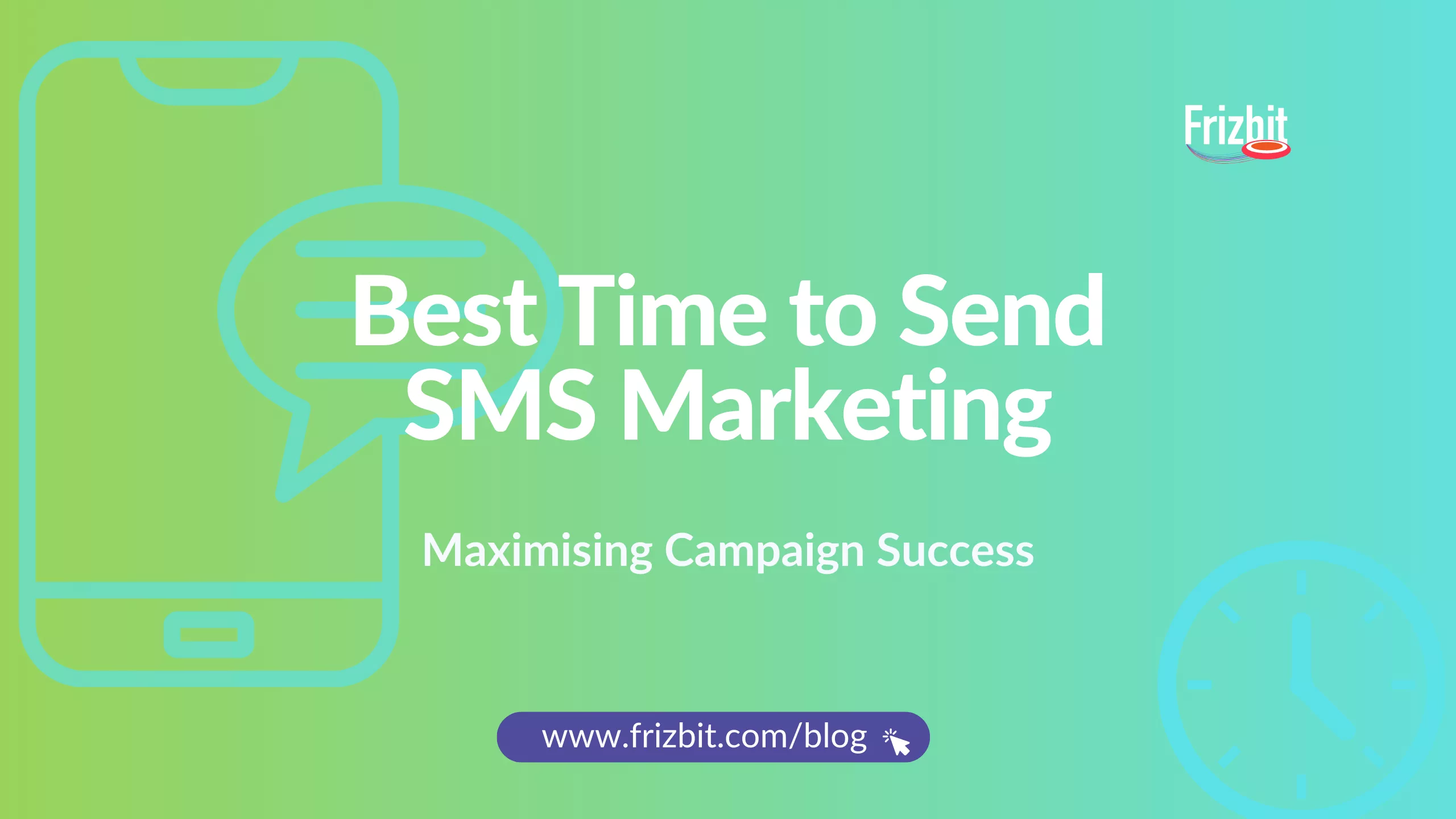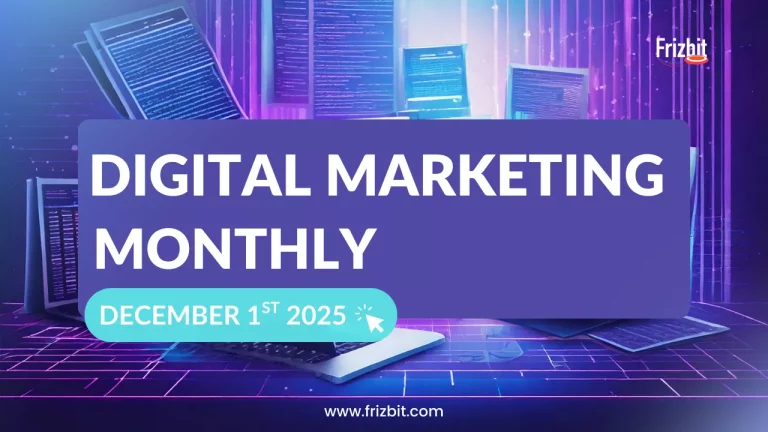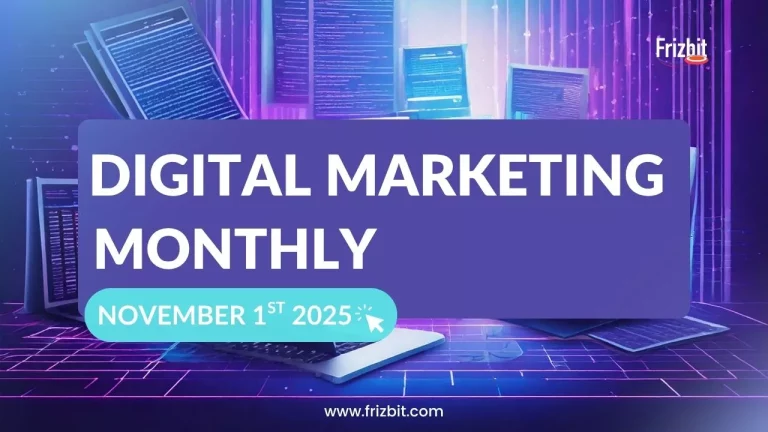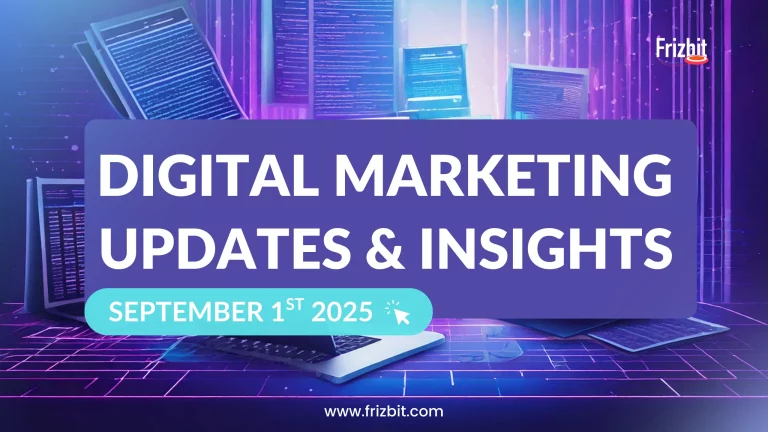
SMS marketing consistently delivers exceptional results for businesses. So it may be natural that you have asked yourself “What’s the best time to send SMS marketing messages”.
The numbers speak for themselves: SMS marketing messages achieve a 98% open rate and 45% response rate, far surpassing email marketing’s 20% open rate. At Frizbit, we’ve seen first-hand how crucial timing is for successful SMS campaigns.
Understanding the Fundamentals of SMS Marketing Timing
SMS marketing platforms have revolutionised how businesses communicate with their customers. Recent studies show that 60% of customers read SMS messages within 3 minutes of receipt .
With advanced SMS marketing software, such as Frizbit’s automated SMS marketing solution, can now schedule messages, however knowing when to send these messages is crucial for achieving optimal engagement rates.
Key Factors Influencing SMS Marketing Timing
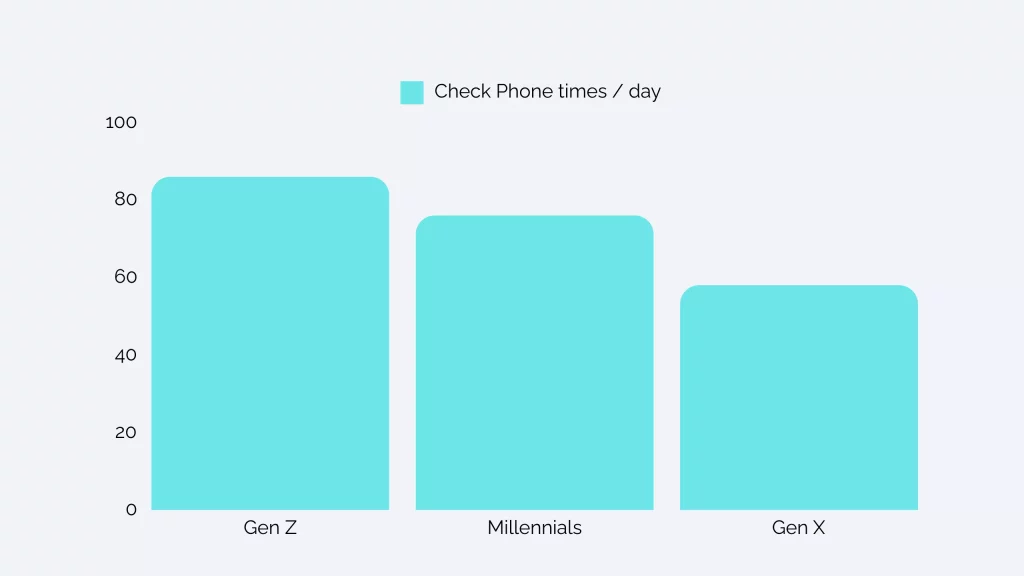
Target Audience Demographics
Understanding mobile usage patterns across age groups is crucial for SMS marketing success.
Each age group has different routines and habits, as shown in a recent demographic study from Deloitte, that can influence their consumer behaviour in regard to SMS marketing.
Therefore, to send timely marketing send messages can have a big impact specially in relevant sales periods of the year such as Cyber Monday, Black Friday, among others.
Let’s break down how can you leverage these numbers in your campaigns:
18-24 Year Olds – Gen Z SMS Usage
| Peak usage time | Hours |
| Morning | 7:00–9:00 (preparing for university/work) |
| Afternoon | 12:00–14:00 (lunch breaks) |
| Evening | 17:00–22:00 (highest engagement period) |
Check phones 86 times per day
Marketing implications:
- More receptive to casual, emoji-friendly language
- Respond well to urgent offers (“Limited time only”, “Exclusive deals”)
- Higher engagement with interactive content
- Best response rates for retail and entertainment offers between 17:00-20:00
25-34 Year Olds (Millennials)
| Peak usage time | Hours |
| Morning | 6:30-8:30 (commuting hours) |
| Afternoon | 13:00-14:00 (lunch breaks) |
| Evening | 18:00-21:00 (post-work browsing) |
Check phones 76 times per day
Marketing implications:
- Responsive to value-driven messaging
- Strong engagement with lifestyle and wellness offers
- Higher conversion rates for financial services and property-related messages
- Optimal sending times for professional services: 10:00-16:00
35-44 Year Olds (Older Millennials/Gen X)
| Peak usage time | Hours |
| Morning | 8:00-10:00 (settling into work) |
| Afternoon | 15:00-17:00 (work transitions) |
| Evening | 19:00-21:00 (family time wind-down) |
Check phones 58 times per day
Marketing implications:
- Prefer straightforward, professional communication
- Higher response rates for family-oriented offers
- Strong engagement with service-based messages
- Best results for B2B communications: 10:00-15:00
Practical Application
To make the best out of these patterns effectively:
- Segment Your Database
- Divide contacts by age groups
- Create time-specific sending schedules for each segment
- Consider occupation and lifestyle factors within age groups
- Customise Message Timing
- 18-24: Focus on evening sends for retail offers
- 25-34: Prioritise lunch breaks and early evening
- 35-44: Target mid-morning for professional services
- Adjust Content Style
- Younger audiences: Short, punchy messages with CTAs
- Middle age groups: Value-focused content
- Older segments: Detailed, informative messages
- Monitor and Adapt
- Track response rates by age group
- Note seasonal variations in engagement
- Adjust timing based on campaign objectives
These usage patterns highlight the importance of tailored timing strategies. By aligning your SMS marketing automation with these behavioural patterns, you can significantly improve engagement rates across all age segments.
Optimal Timing Guidelines for SMS Marketing

The best time to send SMS marketing campaigns for optimal engagement varies depending on the target audience and message type.
Having this into consideration, we have gathered recommendations for weekdays campaigns as well as times that could be considered best to avoid:
Weekday Recommendations
Based on general industry practices and marketing research, certain patterns have been discovered for optimal SMS sending times:
Best Days
- Tuesday through Thursday tend to show the strongest engagement rates
- Mid-week messages often perform better than those sent on Mondays or Fridays
- Weekends typically show lower engagement unless highly relevant to your offering
Optimal Time Windows
- Morning (10:00-12:00):
- Ideal for B2B communications
- People are settled into their workday
- Higher attention spans for business-related content
- Early Afternoon (13:00-15:00):
- Strong window for retail promotions
- Post-lunch browsing period
- People often take breaks to check messages
- Early Evening (17:00-19:00):
- Prime time for restaurant and entertainment offers
- People are making evening plans
- Higher engagement for leisure-related content
Times to Avoid
- Early morning (before 9:00)
- Late evening (after 21:00)
- Monday mornings
- Friday afternoons
- Weekend mornings
Key Considerations
- These times should serve as starting points for testing
- Your specific audience might respond differently
- Local time zones must be considered for wider campaigns
- Regular A/B testing is crucial for optimising timing
Best Practices for SMS Campaign Optimisation
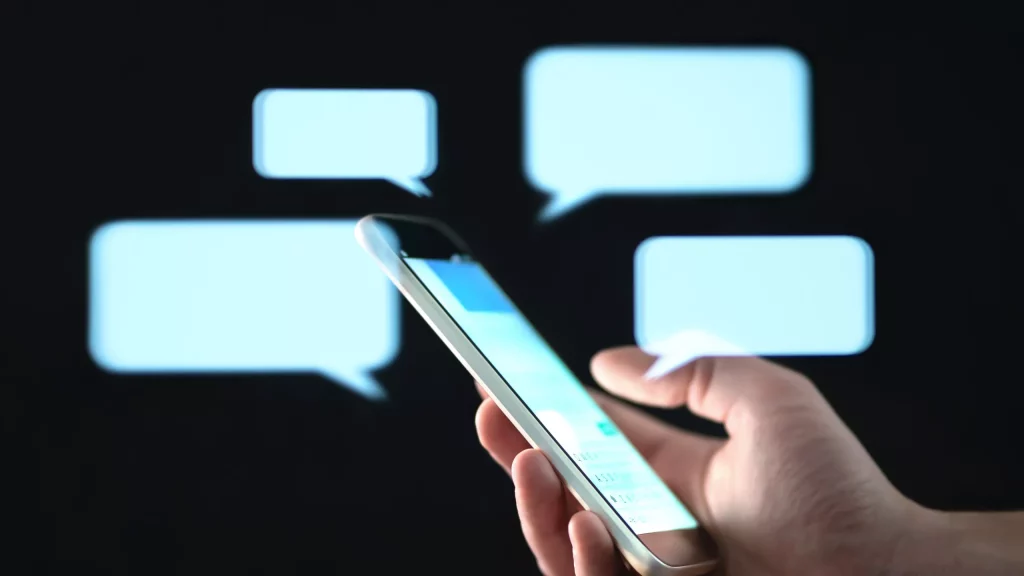
To further enhance your SMS campaign results, it’s important to implement industry-proven strategies.
A helpful guide to get started can be found in this article on SMS marketing best examples and practices, which highlights essential tactics for driving engagement and conversions.
By combining these insights with data-driven decision-making, you can refine your timing and content to resonate with your audience, ensuring your messages are sent during peak engagement periods for maximum impact.
Let’s have a look at what specific areas can be optimised on SMS marketing campaigns:
1. Data-Driven Decision-Making
Track Open Rates Across Time Slots
Monitor when your messages are being opened throughout the day. Look for patterns in engagement peaks and valleys. For example, if you notice consistently higher open rates during lunch hours, this might indicate an optimal sending window for your audience.
Monitor Response Rates
Pay attention to how quickly recipients respond to your messages. Quick response times often indicate high engagement periods. Track both positive responses (like offer redemptions) and negative ones (like opt-outs) to build a complete picture of engagement.
Analyse Conversion Patterns
Look beyond simple opens and clicks. Track which messages lead to actual purchases or desired actions. Some time slots might show high open rates but low conversions, suggesting a mismatch between timing and purchase intent.
Identify Peak Engagement Periods
Map out your highest-performing time windows. Consider creating a heat map of engagement across different days and times to visualise your optimal sending periods.
2. A/B Testing Strategies
Test Different Sending Times
Split your audience into groups and test various sending times. For instance, test morning versus afternoon sends, or early week versus late week delivery. Keep all other variables constant to isolate the impact of timing.
Compare Weekday Performance
Systematically test each weekday to identify your strongest performing days. Some audiences might be more receptive to Monday messages, while others might engage better mid-week.
Evaluate Seasonal Variations
Consider how seasons affect engagement. Summer patterns might differ significantly from winter ones. Holiday periods often require special timing considerations.
Assess Demographics Response Rates
Different age groups and demographics often show varying engagement patterns. Test how timing affects response rates across different customer segments.
3. Personalisation and Automation
Segment by Time Zone
Ensure your messages reach recipients at appropriate local times. Use automation to adjust sending times across different regions automatically.
Customise Based on Past Engagement
Learn from individual recipient behaviour. If certain customers consistently engage during specific times, adjust your sending schedule accordingly.
Automate Optimal Delivery
Use your SMS marketing platform’s scheduling features to ensure messages go out at ideal times, even when you’re not actively managing the campaign.
Personalise Content Timing
Match message timing to recipient behaviour patterns. For instance, send appointment reminders when customers are most likely to confirm or reschedule.
Measuring and Optimising SMS Marketing Performance
Think of SMS marketing performance measurement as your campaign’s health check. It’s like having a dashboard in your car that shows speed, fuel level, and engine temperature — but for your SMS campaigns.
Key Areas to Measure
1. Message Delivery
What it means: Making sure your messages actually reach customers
What to check:
- Did the message send successfully?
- Did it reach the customer’s phone?
- How long did delivery take?
- Were there any failed deliveries?
Example: If you send 1,000 messages and 50 fail to deliver, you need to:
- Clean your contact list
- Check for invalid numbers
- Verify carrier connections
2. Message Opening
What it means: Tracking when people read your messages
What to check:
- When do most people open messages?
- How quickly do they open them?
- Which days get the best open rates?
- Are some types of messages opened more than others?
Example: If you notice most people open messages during lunch breaks (12:00-13:00), you might:
- Schedule promotional messages for 11:45
- Send urgent updates during this window
- Avoid sending during off-peak hours
3. Customer Response
What it means: How people react to your messages
What to check:
- Do they click on links?
- Do they reply?
- Do they use promotional codes?
- Do they make purchases?
Example: If a message offering “10% off lunch” gets more responses than “Save on your next meal”:
- Use specific discount amounts in future messages
- Time similar offers around lunch periods
- Test different discount levels
4. Customer Feedback
What it means: What customers tell you about your messages
Direct Feedback:
- Customer service calls
- Reply messages
- Survey responses
- Social media comments
Indirect Feedback:
- Unsubscribe rates
- Spam reports
- Ignored messages
- Repeat purchases
Closing Thoughts on the Best Time to Send SMS Marketing Campaigns
The success of your SMS marketing campaigns relies heavily on sending messages at the right time. With SMS marketing showing a remarkable ROI of 45:1 (Source: Forrester Research, 2023), optimising sending times becomes crucial for maximising returns.
At Frizbit, we recommend a data-driven approach using sophisticated SMS marketing tools to determine the best sending times for your specific audience.
Remember that while these guidelines provide a strong foundation, the most effective timing strategy will be unique to your business and audience.
Continue testing and refining your approach using SMS marketing automation to discover what works best for your specific circumstances.
With the right timing strategy and robust SMS marketing software, you can significantly improve the effectiveness of your campaigns and drive better results for your business.
